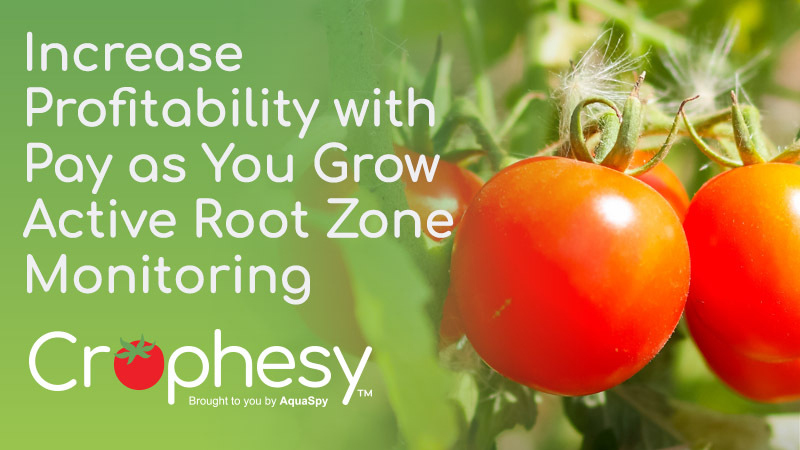How To Decide What Varieties To Grow

Every fall, growers throughout our industry devote a great deal of time and effort to creating their production plans for the upcoming spring. This is after sifting through the new varieties shown at the California Spring Trials, the OFA Short Course and various other grower meetings, as well as from the stack of catalogs collected from various suppliers.
When developing a production plan, what should a grower consider when selecting new varieties? Three key points to consider are: can I grow a quality plant, can I sell the finished product and can I make money on the finished product?
Questioning your ability to grow a quality plant is not a criticism of your growing talents. But it is important to know the amount of knowledge you have about the growing requirements for the given plant. Over the course of many years there are often new genera or “resurrected” genera from the past with which many growers have little experience. Even within well-established genera such as calibrachoa and petunias, new varieties may have unique growing needs or offer less room for growing error than their brethren.
Seek Advice
Growers need to seek out all available hands on knowledge for producing a specific crop. This search can begin with the broker or sales rep through which the plants were purchased. They attend many meetings and new plant tours given by breeder/supplier companies and should have a good working knowledge of the new crop. Technical support staff from the breeder/supplier company should be a prime source of information concerning commercial production of any new product. Cultural guides covering all areas of production should be available and followed. If possible, walking an actual crop in production should be considered. Finally, if sample plants are available, they should be grown in advance of the first main crop so you can acquire a comfortable “feel” for the crop. Try to avoid making any first crop of a new variety a blind trial.
Start Small
When trialing new introductions it’s best to grow out the plant to finish in various-sized pots and hanging baskets to best judge the growing and flowering performance of the crop. Follow the recommended cultural techniques provided by the breeder/supplier. At the same time, grow a current variety of the same genera you are familiar with and also meets current production needs. When doing a trial production crop in late spring through early fall, the comparison plant will offer the grower an accurate measure against the new plant since both are being grown in a time frame outside of normal peak production. Judge the results of the sample plants both internally and with your retailer accounts and consumers.
Get Into The Minds Of Your Customers
Decide if your customers will want to buy this new plant. It must not only show an attractive shape, form and color, but it also needs to be a product consumers are truly willing to purchase. Every year, there are many unique new offerings, but they also must have immediate impact upon the consumer to create the buying impulse. There are new plants each year that we, as plant geeks, may think are pretty cool. The consumer may even stop to look at them because they are unusual, but then they move on and purchase a different plant they feel more comfortable with or which better meets their needs and taste.
As with art, beauty is in the eye of the beholder, and money is made from buyers, not lookers. Attractive displays at retail can highlight new offerings and help create demand. Since space is often limited, it is important to know your customers and their buying tastes. Each year, give customers a sample of new items carefully selected by you to help them satisfy their needs and hopefully expand upon those buying habits.
Evaluate Profitability
Finally, when selecting new varieties to grow and developing a production plan around them, you must address the bottom line of profitability. When determining the cost of production, growers should look at all costs involved in producing a crop, not just plant cost. Containers, soil, projected shrink, crop time, space and general overhead all need to be considered. Each line item needs to be looked at closely, and costs should be applied to each item. In addition, a selling price needs to be determined that allows for a fair return on investment. Finally, the grower needs to decide if customer demand will support the price.
Our goal as growers should always be to supply a crop to the consumer that meets their needs as well as to offer new plants and “looks” for their garden. Most importantly, we need to provide them with a plant they can be successful with. Initial sales are great, but return sales each year for the plant and increased sales due to consumer success, word of mouth and neighbor envy are even better. GG










